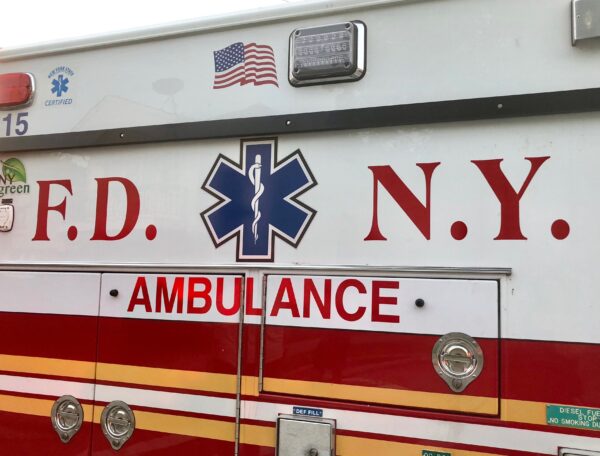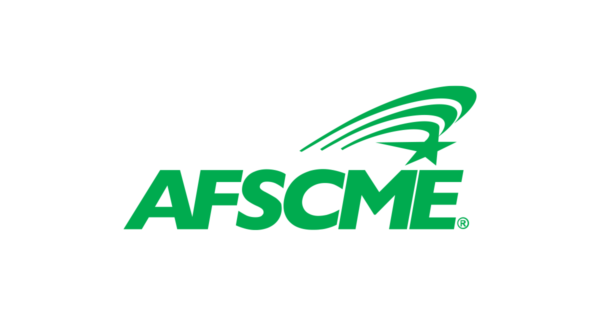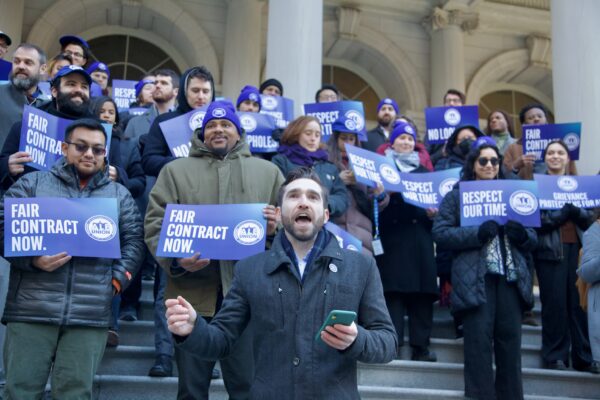Pharmacy costs have been a hot issue over the past few years. Plan sponsors need to be vigilant and stay up-to-date on industry strategies used to manage pharmacy costs. Below are a few important considerations for plan sponsors.
up-to-date on industry strategies used to manage pharmacy costs. Below are a few important considerations for plan sponsors.
Plan design
With much public scrutiny of plan costs, some plan sponsors are moving from fixed copayments to a coinsurance model. Coinsurance models vary, from straight coinsurance to coinsurance combined with per-script minimums and maximums. Coinsurance usually varies by tier, with costs increasing for non-preferred tiers (generic or brand) and specialty medications, and may be combined with a reduced out-of-pocket maximum (total medical and prescription drug maximums are required by the Affordable Care Act) for protection against high aggregate expenses. This model has the following advantages:
- Members become more aware of true pharmacy costs and may become better consumers of healthcare. The most obvious areas for savings to the member are where generic products exist; to the extent that the member moves from high-cost brand drugs to generics, the plan will see savings. Other strategies, such as preferred pharmacies, also offer savings opportunities. Per-script maximums, out-of-pocket maximums, manufacturer discount coupons, and patient assistance programs can be used to protect against expensive member out-of-pocket costs.
- Under a coinsurance model, member cost sharing changes as pharmacy costs change. This limits the need for plan design changes (to keep member costs in line with price increases), which may be necessary with a fixed copay plan.
Further, pharmacy benefit managers (PBMs) have been focusing more on formulary design and management, using exclusion lists to steer participants to certain products, which reduces plan costs.
Contracts: Coalition pricing and rebates
Additionally, drug manufacturers have increased rebates in recent years in exchange for favorable placement of their products in formularies. As such, you may need to review your current contract—specifically, the definition of a rebate and the type of rebate arrangement you have (e.g., 100% pass-through).
Opioid crisis
The national opioid crisis has focused significant attention on limiting unnecessary utilization, without preventing access to beneficiaries who truly need opioid therapies.
Medicaid has implemented a Pharmacy Lock-In program to restrict recipients whose utilization is considered excessive or inappropriate. Under this program, members are required to designate a pharmacy and a physician of their choice to whom they are “locked-in.” This improves monitoring and limits doctor or pharmacy “shopping.” Medicare recently proposed various measures to monitor chronic opioid use.
Additionally, doctors who prescribe the lowest effective dose for the shortest time period necessary can better protect patients from addiction and chronic use. To this end, PBMs have implemented quantity limits (such as three or seven days at retail) and plan sponsors are often given options to limit automatic refills or 30-day supplies.
The specialty pipeline
New specialty medications targeted to small populations come through the pipeline on a regular basis and often at substantial list prices. Plan sponsors should request their PBMs to notify them of pipeline updates regularly, alerting them to the expected formulary status and price point, the ability to exclude any high-cost medications for a fixed time, and utilization management and prior authorization edits that may be available.
AJ Balasinkam is a healthcare actuary and consultant in Milliman’s New York City, NY office. AJ specializes in Taft Hartley multi-employer health and welfare plans. He can be reached at 1 646 473 3328, or by email at: Ajanthan.balasinkam@milliman.com



